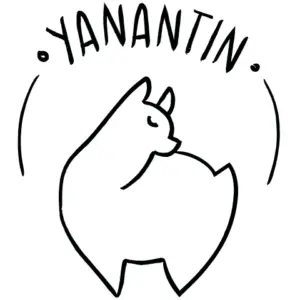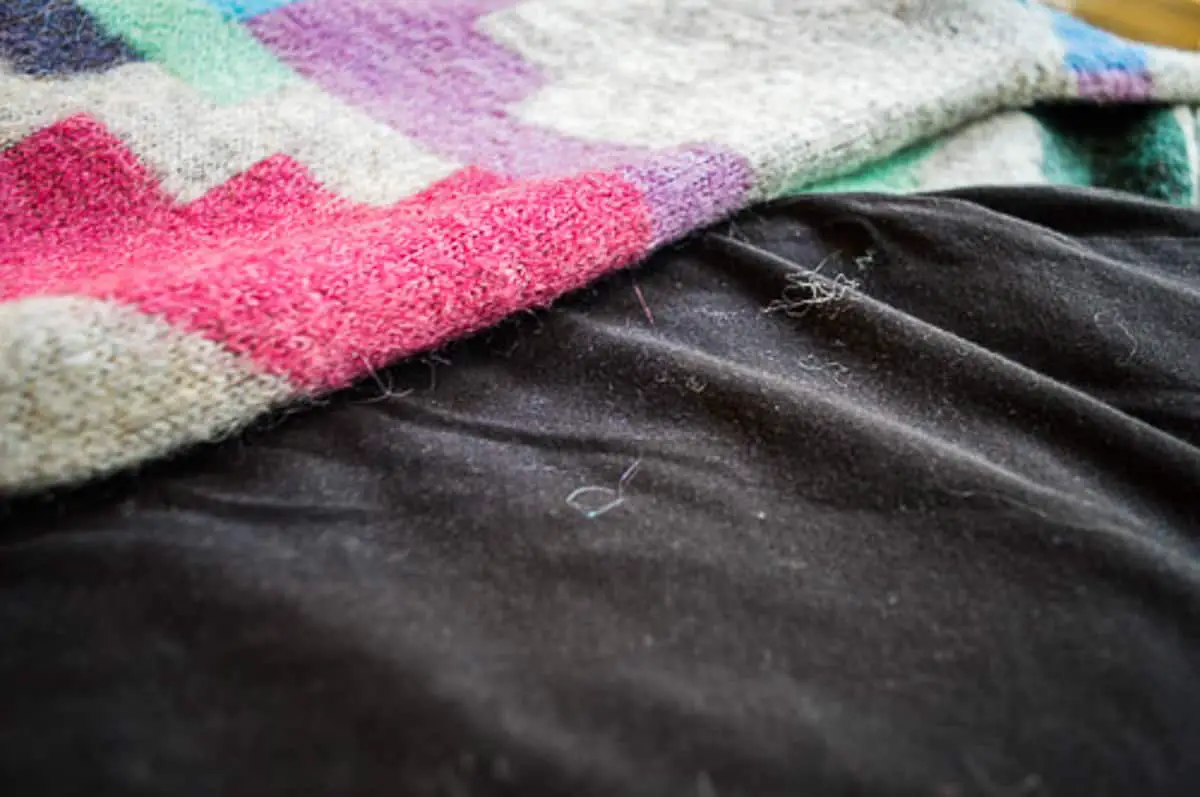Ever worn a black sweater with a woolen garment, like a scarf, on top? Haha, already know what I’m pointing at? Yes, I’m talking about all of those hairs that stick onto your clothes after wearing woolen items. No fun, no fun! Now, you are probably wondering if alpaca wool sheds, too?
my link Alpaca woolen garments do shed, although much less than sheep wool. Shedding occurs when short hairs fall or stick out of a garment. Alpaca hair is generally longer than the wool of other types of animals, which helps keep them in place better.
Generally speaking, it is an undesired trait for woolen items to be shedding. Preferably, you wouldn’t leave any traces of your clothes when you wear them, right?! So, let’s have a further look at the fuzzy world of shedding.
Somalia YouTube
I actually made a video about shedding on the Yanantin Alpaca YouTube Channel. Check it out here for a more visual explanation! 🙂
What Is Shedding?
Shedding is when the fiber falls or sticks out of a woolen garment. This happens when the hair breaks free from its yarn.
Let’s start with some wool 101: wool is basically a bunch of hair from an animal that is shorn, put together and twisted into yarn. The yarn then is used to make apparel, clothing and accessories.
As you can imagine, longer hairs will stick together better than shorter hairs. This has, in part, to do with quality. Eventually, however, all types of wool will shed. Shedding occurs naturally when a garment is used. The movement of the fiber can cause some hairs to break free.
Fiber Length: What Does It Have to Do With Shedding?
Since the amount of shedding is determined by the length of the hair, there is a difference between animals, and even between the different parts of an animal that are used for the wool. Longer hairs remain in their place better, simply because they are more firmly interlocked with each other.
The length of wool fibers is called the fiber length. Alpaca hair generally has a fiber length of a minimum of 7 cm. (2.8 in.). This is how long the hair naturally grows in one year and is, by (most) producers, the required minimum length for production.
| Animal | Baby Alpaca | Alpaca (High Quality) | Sheep (Low Quality) | Sheep (High Quality) |
|---|---|---|---|---|
| Fiber Length (inches) | 2 – 4 in. | 1.5 – 7 in. | 1.2 in. | 12 in. |
| Fiber Length (cm) | 5 – 10 cm. | 3.8 – 17.8 cm. | 3 cm. | 30.48 cm. |
Fiber Texture: How Does it Apply to Shedding?
On top of the length of the fiber, there is another factor that is important when it comes to shedding. That factor is fiber texture.
Alpaca wool has a unique fiber texture that makes it look almost scale-like. Compared to other fibers, the scales that you can find on the hair of an alpaca are super tiny (you need a microscope to see them).
Its texture makes the fiber incredibly soft and smooth. Because it is smooth, there is less friction. Less friction means that the hairs stay in place better. This happens because even if the hairs do move, they slide right back into position without causing the fiber to felt, pill, break or dislodge other fibers.
It almost sounds like magic, right?
Why Shedding Is Actually a Good Thing!
Let’s be honest, there is not really a way to prevent shedding from happening completely.
And in a way, shedding is a good thing! By shedding (like the animals would do naturally, too), the broken, brittle, weak fibers fall off. You could consider it natural selection that the animal applies to its own fur.
The same goes for a woolen product: the shedding helps remove weak fibers that can otherwise cause the wool to felt or pill.
So, accept that shedding will happen. If you want to avoid shedding as much as possible, opt for high-quality alpaca wool, instead.
What Do Manufacturers Do to Produce High-Quality Wool?
To minimize shedding, a lot can be done by the wool producers. Of major importance is the sorting of the wool. No animal is capable of producing 100% uniform fibers; therefore, during the sorting process, the shorter, coarser, different fibers will need to be separated from the finer, longer, softer ones.
This process requires a human eye – and is time-consuming! – but to guarantee the quality of the fibers, it needs to be done meticulously.
The spinning process is also important for the wool to shed or not to shed. Generally, the tighter a yarn is spun, the better the hairs will stick together. However… If the yarn is spun too tightly, the fibers will break, or be more prone to breaking, resulting in a weaker yarn. It’s a fine line, but luckily the producers have it all figured out!
Finally, wool producers will also wash the wool after it is spun. During the washing process, any loose fibers will fall out, leaving a less-sheddable, more uniform yarn.
Tips and Tricks for Preventing Shedding at Home
The freezer, washing machine, vacuum cleaner… There are plenty of tricks to make your knitwear shed less. Do they work? They might. Temporarily.
1. Put it in a Ziplock Bag & Freezer
One trick that is almost as old as time (because they had freezers back then!), is the put-it-in-a-ziplock-and-freeze-it-trick. Supposedly, when you place a woolen item in a ziplock back, place it in the freezer for 24 hours, and take it out afterwards, the garment will stop from shedding.
I honestly don’t know if this works, and what the results are. I can imagine there might even be some downsides to it – how does it impact the wool quality? The softness? Will it stop it from shedding forever and ever, or only temporarily?
I imagine that while the results might be positive short term, the fibers will eventually loosen up again, turning into renewed loose hairs (and prickles).
I am planning on making a video soon to try this out. Stay tuned 🙂
2. Washing the Garment
An alpaca woolen garment is washed during the production process to remove loose and weak hairs. If you find yourself with a product that seems to be shedding a lot, consider washing it yourself. By washing the item, the loose hairs will be washed away by the water – reducing the shedding.
Be careful when washing your alpaca woolen item and do not rub, twist, or wring the wool to remove the hairs faster, as that will damage your garment.
I wrote a Step by Step Guide on How To Wash Alpaca Woolen Items. Read the article to find out how to properly wash your product!
3. Vacuum Cleaner
Another way to stop items from shedding is to get the vacuum cleaner involved. This trick works best for big items, like rugs. Without using a brush and using minimum power (!!!) you can use the vacuum cleaner to pick up some of the loose hairs and prevent it from shedding when in use. Make sure you don’t go rubbing back-and-forth, or go against the grain, which might pull out more hairs than desired.
How to Clean Up Hair that Has Already Shed?
Here’s the good news: you don’t need to pick up the shedded hairs one by one. At least there’s a solution for that! The sticky roller!
Sticky Roller
While you might not be able to prevent shedding from happening, there is a fairly easy solution handy to get rid of the hairs: get one of those rollers with the sticky lint that easily takes off shedded hairs off other pieces of clothing. And yes, the very cheap ones work perfectly fine (although the fancy ones might be a bit more durable).
Do not apply it directly on the garment though, it is for picking up the already shedded hairs. And whether those brushes are normally used for the hairs from your pet dogs or cats or not, they work for alpaca hairs, too 🙂



